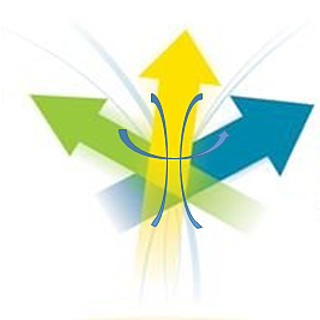Team Building When Employees Work from Home
- Linda Harris-Cosby
- Jan 24, 2022
- 3 min read

Teamwork increases camaraderie and productivity, but how can employees work together when they’re rarely in the same place? With the increase in remote work, many organizations are looking for new team building strategies.
There are many advantages to remote work. For example, you may enjoy greater flexibility and reduce your environmental impact. Still, if you’re operating out of a home office now, you may also feel isolated and find it difficult to collaborate.
Learn how to succeed with remote teams. Try these techniques for maximizing cohesion and cooperation.

Informal Strategies for Remote Team Building
In a conventional office, employees can drop by each other’s cubicles and hang out in the break room.
Try these alternatives for encouraging casual socializing that helps develop healthy work relationships:
Ease into meetings.
· One of the most convenient times to engage in small talk is before group meetings. Encourage participants to arrive early, so they can describe their weekend plans or talk about their hobbies.
Play games. Provide opportunities for a little friendly competition.
· Divide employees into teams for online games. Try a ZOOM scavenger hunt where you indicate what must be found and the first one back on camera with the item wins.
· Host talent shows.
Throw parties.
· Keep in touch with virtual happy hours and staff birthday parties. Survey employees to see what other kinds of entertainment they’d enjoy.
Promote fitness.
· Break up long hours of sitting. Bring staff together for online exercise classes or stretching sessions.
Send gifts.
· Inexpensive freebies can let your staff know how much they’re appreciated. Hand out gift cards for local coffee shops and other businesses. Order coffee mugs with your company logo and each employee’s name.
Be inclusive.
· Whatever methods you use, create an atmosphere where diversity is celebrated, and mutual respect prevails. Embrace different viewpoints and empathize with each other.
Formal Strategies for Remote Team Building
Effective team building also requires more structured approaches.
These activities can be customized to the needs of your team and the nature of your work:
Create a plan.
· Take a systematic approach to team building, so you can evaluate your progress and stay on track. (Failing to plan = planning to fail)
· Develop a WRITTEN plan with specific metrics and milestones.
(Write the vision; make it clear.)
Agree on ground rules.
· Work with your team to agree on ground rules for communications
and other major issues. For example, employees might be asked to turn off cell phones before meetings and return messages within 2 days.
Set goals. Pursuing common goals is one of the main criteria for turning a bunch of individuals into a team. (See our training on Purpose Filled Goal Setting).
· Test employees on how well they understand the organizational vision and mission and how it applies to their work.
· Discuss the purpose behind daily tasks. Admit it, when we understand the purpose of a task, it is easier to perform.
Show impact.
· Help your team to see how their efforts make a difference.
· Reward high performance and share success stories.
Meet one on one.
· How often do supervisors and managers meet privately with the employees who report to them? One on one meetings are an important tool for bonding together, as well discussing project updates and career development plans.
· Coworkers may also benefit from sessions with each other. Some employers discourage this, thinking they should not have to pay for employees to talk with each other. This is a dangerous and time-consuming mistake, particularly on large teams.
· Use the Pareto Principle to your advantage. Allow your top 20% to assist you with the lower 80%. Soon there will be no lower 80% because everyone will be performing at the top.
Change the channel.
· With so many ways to communicate, it may take time to figure out which options are most effective for different tasks. Give employees the freedom to experiment with video calls, instant messaging, and Slack channels to find the right mix for your team.
You can enjoy being part of an exceptional team while you work remotely. Team building based on communication and collaboration will help you to learn from each other and pursue shared goals successfully.

Linda C. Harris is CEO of Harris Training & Consulting and holds an M.S. in Adult Education.
Harris Training and Consulting has created training for several Fortune 500 companies.
www.HarrisTC.com





Comments